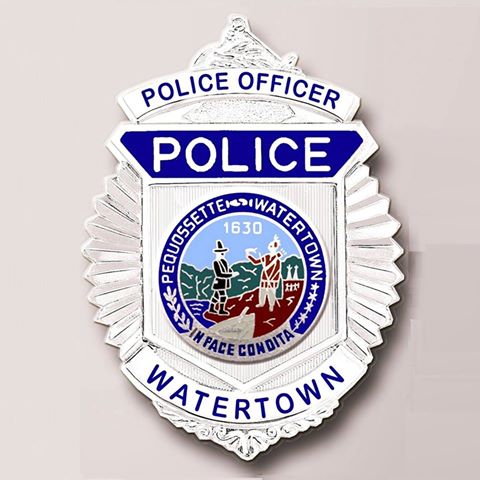
The following announcement was provided by the Watertown Police Department:
The Executive Office of Public Safety and Security’s Office of Grants and Research (OGR) awarded the Watertown Police a grant to increase the number of impaired driving patrols during the holiday season.
The Watertown Police join other departments across the state and the State Police in the national Drive Sober or Get Pulled Over enforcement campaign.
“When an impaired driver is behind the wheel, everyone is at risk,” said Chief Lawn of the Watertown Police Department. “These funds will increase our traffic enforcement presence over the holidays. Regardless of the type or level of impairment, if a driver is dangerously operating their vehicle, they will be stopped.”
“Arranging for a sober ride home before celebrating should be a part of everyone’s plans this holiday season,” said Kevin Stanton, Executive Director of the Massachusetts Office of Grants and Research. “We want all drivers to recognize the responsibility they have to drive safely and to avoid getting behind the wheel if they’re impaired. Remember – If you feel different, you drive different.”
“Make smart choices this holiday season,” said Jeff Larason, Director of the Office of Grants and Research Highway Safety Division. “Plan in advance how you’re going to get home safely. Designate a sober driver, use ride-share or get a taxi, or walk. And, if you have a friend who is about to drive impaired, take away their keys and make arrangements to get them home safely.”
Massachusetts Data:
- 35% of all drivers killed in a fatal crash from 2014 to 2018 were alcohol-impaired with a BAC over .08+ (386 of 1114)
- 26% of drivers involved in a deadly crash from 2014 to 2018 had a BAC of .08 or higher (615 out of 2,367)
- Marijuana was the most prevalent drug found in drivers involved in fatal crashes. (2013-2017)
- 11% of drivers involved in fatal crashes were found with both alcohol and drugs in their system. (2013-2017)
- 78% of impaired drivers in fatal crashes were men (2014-2018)• Drivers under age 30 accounted for 72% of all alcohol-impaired drivers in a fatal crash from 2014-2018. [444 of 615]
- From 2018 to 2019, alcohol-related fatalities dropped 10% from 122 to 110
National Data from the National Highway Traffic Safety Administration:
- Approximately one-third of all traffic crash fatalities in the United States involve drunk drivers. On average, more than 10,000 people have died each year (2014 to 2018) in drunk-driving crashes. To put it in perspective, that’s equal to about 20 jumbo jets crashing each year, with no survivors.
- In 2018, one person was killed every 50 minutes by a drunk driver on our nation’s roads.
- In 2018, one in five children (14 and younger) killed in traffic crashes were killed in drunk-driving crashes.
- Drugs were present in 43 percent of the fatally-injured drivers with a known test result in 2015, more frequently than alcohol was present.
- NHTSA’s 2013-2014 roadside survey found drugs in 22 percent of all drivers on weekend nights and on weekdays.
- Tetrahydrocannabinol (THC) -the chemical responsible for most of marijuana’s psychological effects-slows reaction times, impairs cognitive performance and makes it more difficult for drivers to keep a steady position in their lane.
- Mixing alcohol and marijuana may dramatically produce effects greater than either drug on its own.
For more information on the Office of Grants and Research’s Municipal Road Safety and impaired driving enforcement grant program, please visit: www.mass.gov/service-details/traffic-safety-grants.